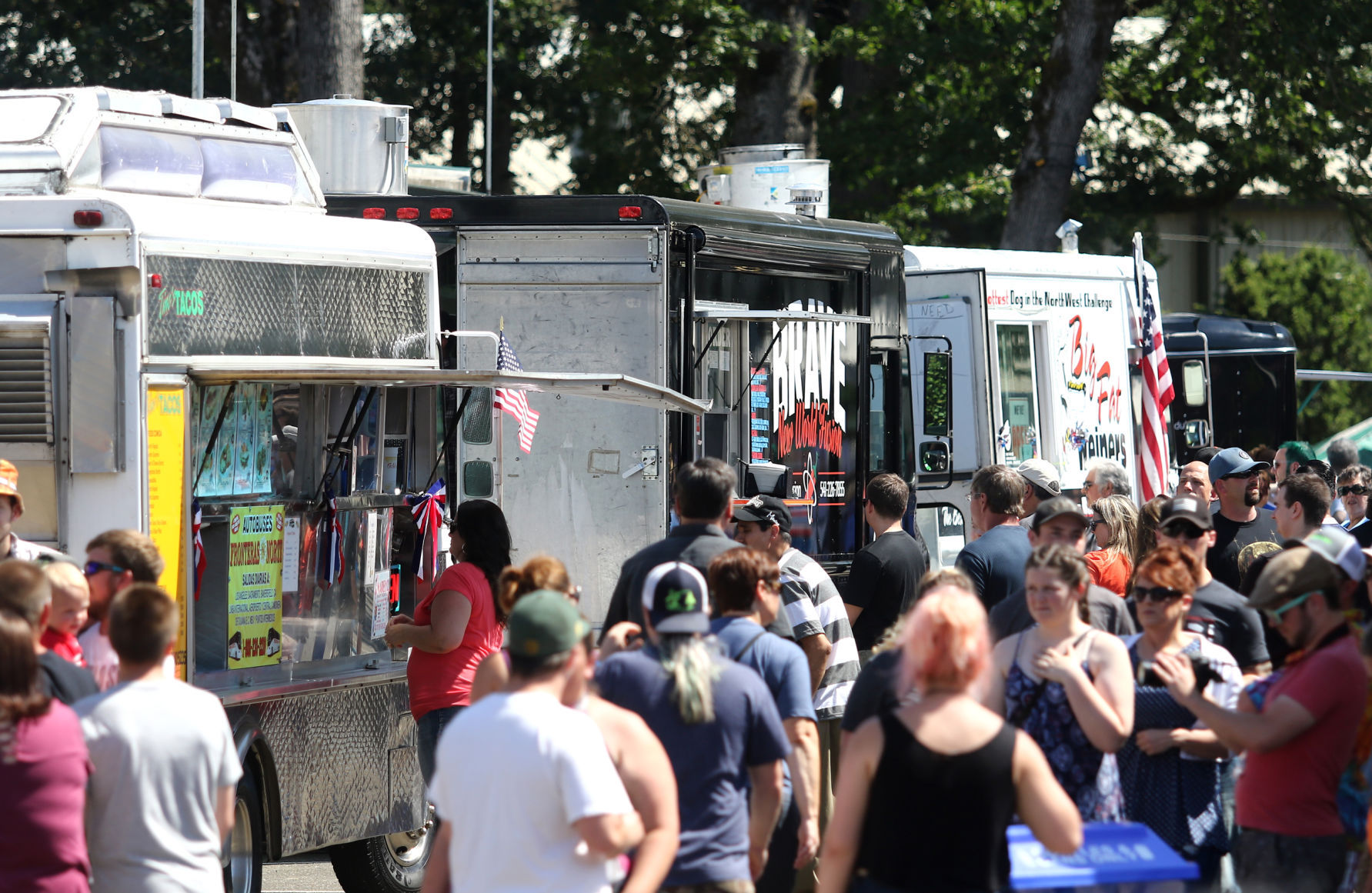

The meteoric rise of the food truck culture has also been well documented in popular media with the Hollywood sleeper-hit movie “ Chef’” or reality/cooking shows like “ The Great Food Truck Race” or “ Big Food Truck Tip”, all centered around food trucks. The industry has experienced significant growth, growing 6.6% per year between 20, with a projected revenue of $1.2 B by the end of 2021 and over 32,000 food trucks currently operating across the United States ( IBISWorld, 2021). This led to the introduction of a time and effort-reducing meal solution in the form of food trucks. The economic depression (2007–2009) resulted in a reduced labor force, which has increased the workload and the working hours across America ( Amadeo, 2021 Bybee, 2011). Food trucks have emerged from a thing of novelty to a source of necessity. However, the food truck phenomenon caught up with American customers comparatively late, around 2008, when entrepreneurial chefs started catering to the “hipster-food crowed” in cities like New York, Los Angeles and Austin ( Chang, 2016). Some countries like South Korea have encouraged a “street food culture” to complement food tourism by facilitating the growth of street food markets such as the Myeongdong Street Food Alley. The concept of street food is not new per se and has been a part of everyday life worldwide.

The full terms of this licence may be seen at Anyone may reproduce, distribute, translate and create derivative works of this article (for both commercial and non-commercial purposes), subject to full attribution to the original publication and authors. This article is published under the Creative Commons Attribution (CC BY 4.0) licence.

Copyright © 2022, Sascha Kraus, Sandipan Sen, Katrina Savitskie, Sampath K.


 0 kommentar(er)
0 kommentar(er)
